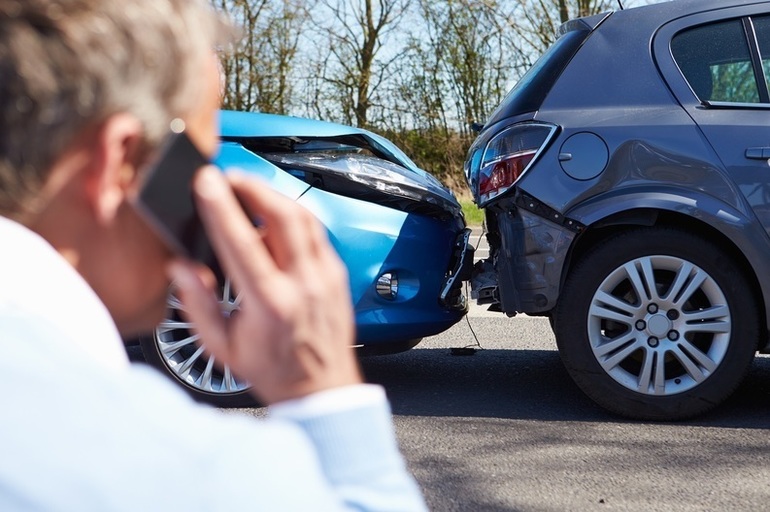It is useful to keep an accident pack in the vehicle. This should contain a notebook, a pen or pencil and a disposable camera (This is in case the driver’s mobile phone does not have a camera). It is also useful to have a note of the insurance details to hand (Policy number and insurer contact details).
At the Scene
- Stop at the scene of the incident. If there are any injuries or damage to someone else’s property (including other vehicles) it is an offence not to stop. If a dog or farm animal is hit, the driver is required by law to report the incident to the police. If a cat or wild animal is involved, there is no obligation to contact the police but the driver must ensure the animal is not injured or suffering.
- Ensure the scene and everyone involved is safe. Switch off all engines, turn on hazard warning lights and alert oncoming traffic about the incident.
- Only take photos of the accident scene and related damage from a safe position.
- Exchange names, addresses, telephone numbers and insurance details with all of the other parties involved. Also write down a description of the other driver and vehicle (Registration number, Make, Model and any distinguishing features).
- Look for anyone that may have witnessed the accident and take their details. Independent witness evidence is very valuable as evidence when establishing fault for the incident.
- Try and make a note of how many passengers were in each vehicle. If an injury claim is made later, we need to be sure the person making the claim was involved.
- If there was property damage caused as a result of the incident (Buildings, fences, bollards etc) take a note of the amount of damage. Only the damage caused by the accident should be claimed.
Contact Us
- If the vehicle is immobile contact us and report the incident. We can then arrange recovery of the vehicle.
- If possible, draw a quick sketch of the accident scene, noting the road names in addition to taking photos and send this to us info@oakroydpartnership.co.uk


